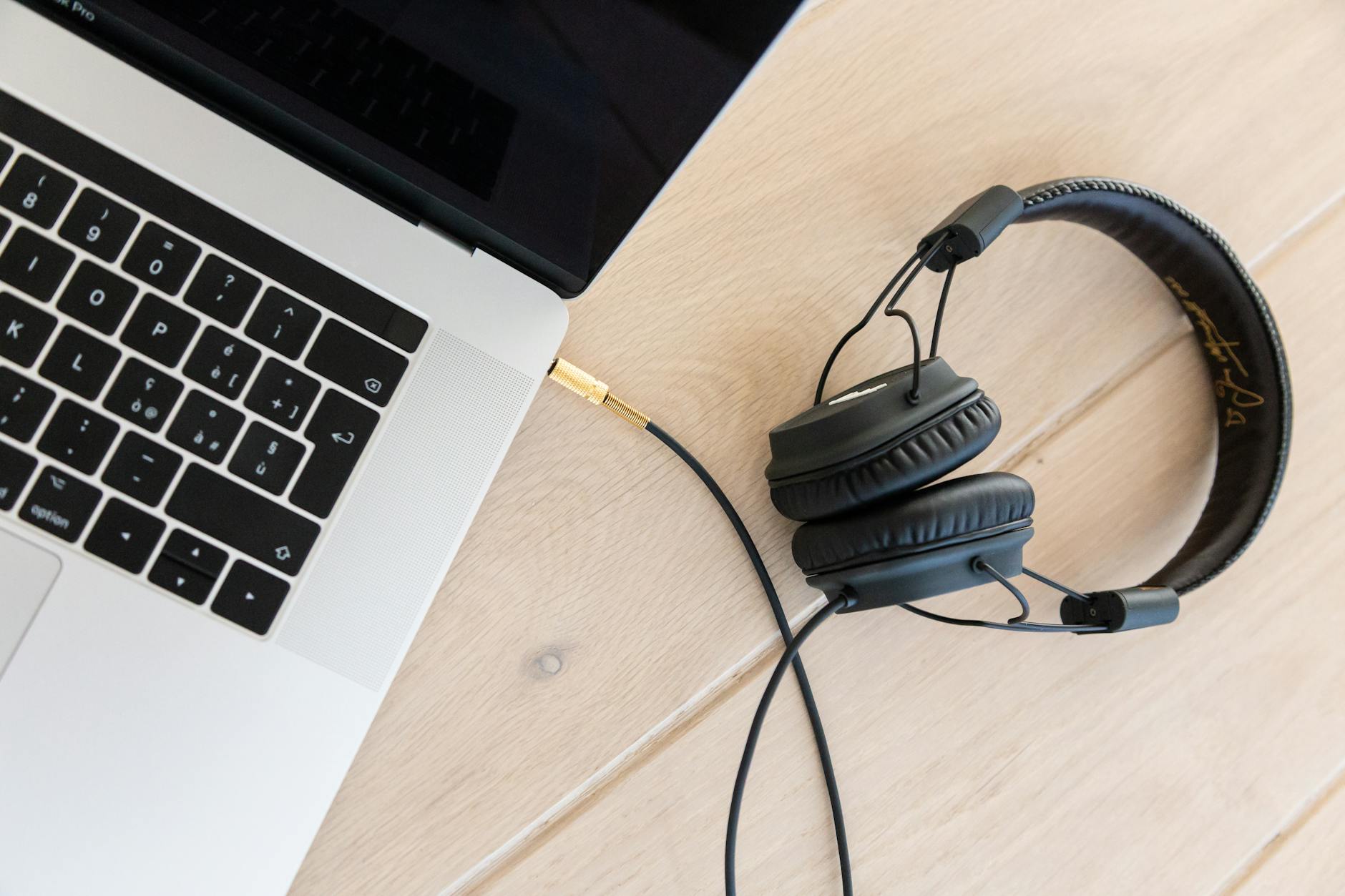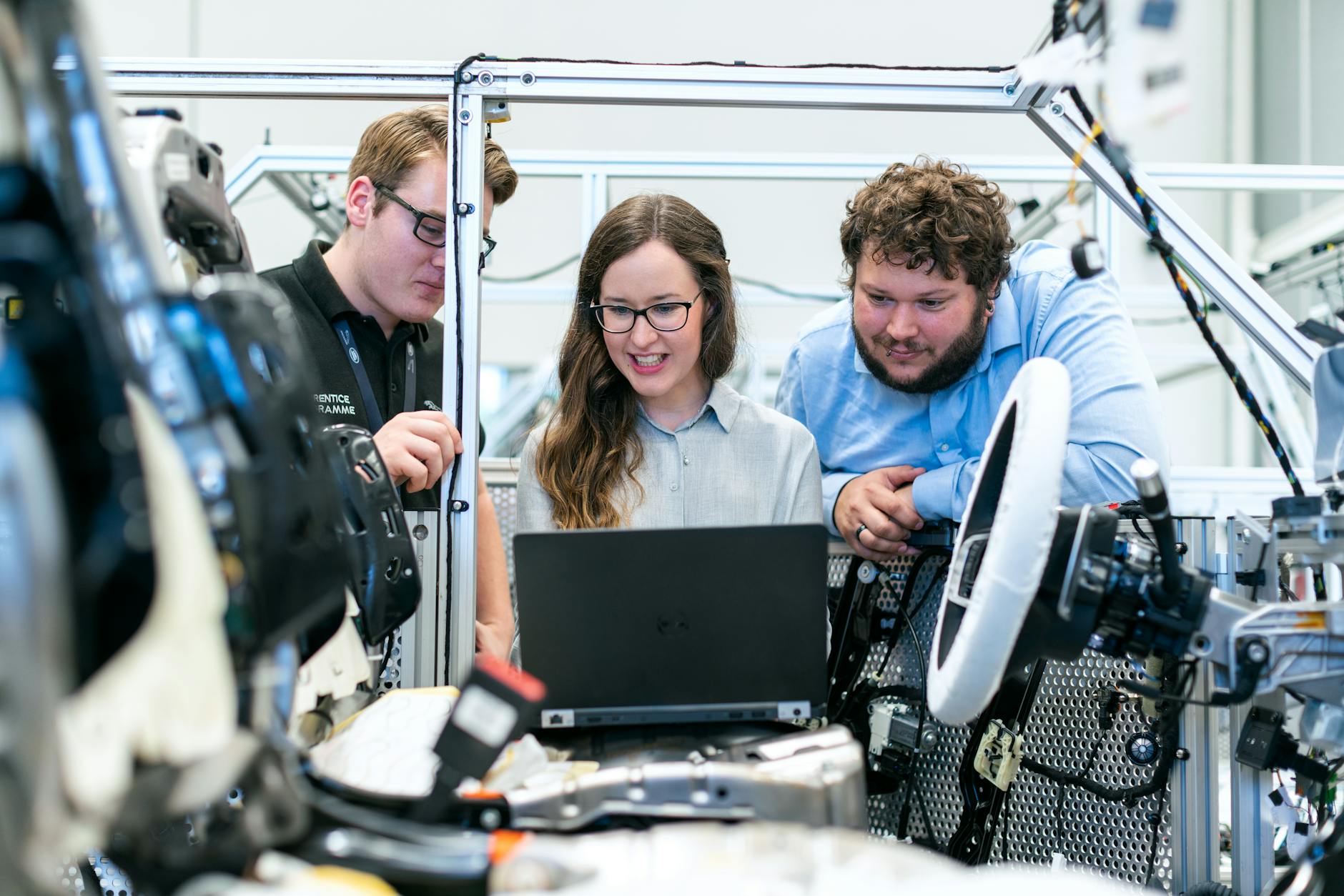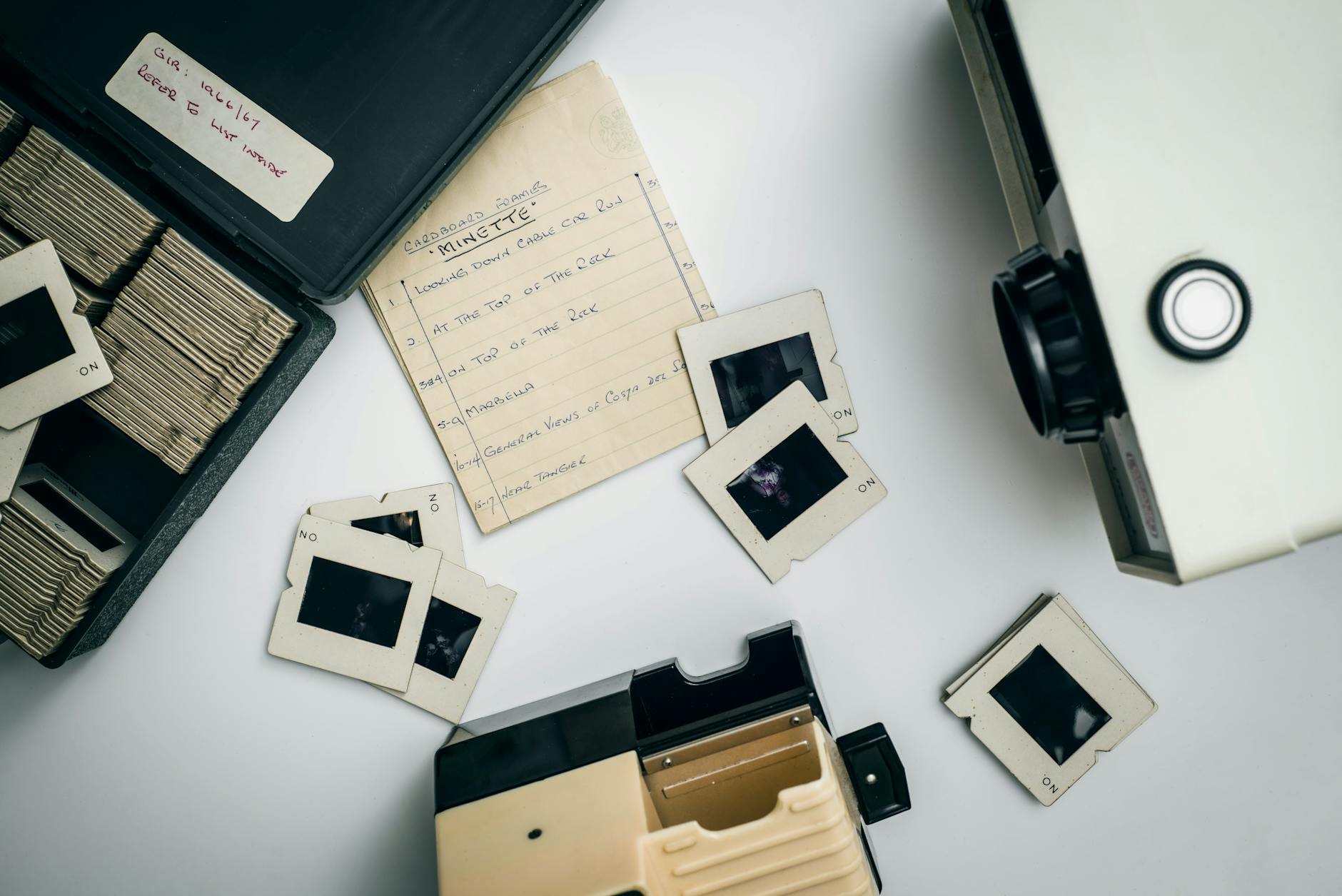How to Create an Engaging Learning Environment in Australian Classrooms

Setting the Scene
Crafting an inspiring educational environment in Melbourne requires a blend of strategy and creativity. As school administrators explore advanced broadcast solutions, understanding the dynamics of a classroom or virtual environment becomes essential. These solutions can transform ordinary teaching moments into engaging experiences by incorporating technology seamlessly. Near Melbourne, you can find educational supply stores in the CBD that offer an assortment of tools to support this endeavor, providing school administrators with plenty of options to enhance their schools' teaching frameworks.
Exploring the Physical Layout
When reimagining classroom layouts, versatility is key. Consider flexible seating arrangements that foster both individual focus and group interaction. Desks and tables on wheels or in various shapes can encourage dynamic learning experiences. Wall partitions featuring whiteboards or interactive screens can create separate learning zones, while also doubling as vibrant surfaces for student creativity. The idea is to make the space welcoming and adaptive to various teaching and learning styles.
Utilizing AV Technology
Incorporating audio-visual technology is a game-changer in modern education. High-quality projectors and screens can bring lessons to life. For practical demonstrations, consider technology workshops at Federation Square for opportunities to discover the latest advancements in data projectors and motorized screens. These facilities enhance visual presentations and are crucial for maintaining students' attention and facilitating an immersive learning experience.
Personalizing the Space
Personalization makes students feel invested in their learning environment. Add personal touches like student art displays or projects that reflect current lessons. Allow students to voice opinions in modifying aspects of the classroom, like seating charts or decorating, to boost their engagement. By making the classroom feel like a community-centered space, you'll support a bespoke learning environment that can leave a lasting impact on students.
Engaging Teaching Strategies
Interactive Learning Techniques
As a passionate technology mentor, I aim to spark intrigue and excitement in our learning environments. Incorporating interactive learning techniques can achieve this and inspire students to connect with the material on a deeper level. Using resources like a motorised projector screen can transform a regular classroom into an engaging, dynamic space where visuals are larger-than-life and learning feels immersive. The spontaneous nature of interactive presentations allows us to easily modify content, making lessons adaptable and responsive to student inquiries.
Incorporating collaborative technology can make lessons more captivating. Consider tools that support real-time collaboration, such as interactive whiteboards or software platforms that enable joint problem-solving. In Melbourne, technology workshops at Federation Square often demonstrate the potential of these interactive tools to enhance student engagement and retention.
Focusing on project-based learning can also be highly effective. Projects encourage students to apply knowledge creatively and collaboratively, fostering a deeper understanding of the subject. Such approaches enable educators to tailor educational experiences, incorporating local cultures and contexts to make learning more relevant.
Ultimately, using innovative tools and techniques in the classroom promotes an environment ripe for active participation and thoughtful exploration. This strategy helps school administrators tap into the potential of technology, transforming classrooms into vibrant hubs of exploration and creativity.
Encouraging Participation
Fostering Open Communication
Creating a classroom environment where open dialogue is encouraged can significantly enhance participation and learning. To foster this, consider using data projectors to display real-time responses during discussions. By visually bringing student contributions to the forefront, whether in a traditional classroom or during collaboration events at the State Library of Victoria, everyone feels involved and heard. This active display method can stimulate further debate and interaction, creating a dynamic and inclusive learning atmosphere.
Interactive platforms can also play a crucial role in facilitating communication. Allowing students to submit questions or feedback anonymously through apps projected for all to see fosters honesty and openness. This approach works wonders in different activities, from technology workshops at Federation Square to regular class settings.
Encouraging students to lead discussions can also improve openness. Rotating facilitation roles helps students develop confidence and ownership over the learning process. By integrating such innovative strategies, inspired by places like Melbourne’s CBD educational supply stores, we awake a sense of communal learning where everyone's voice matters.
Additionally, providing constructive feedback in front of the class can ease students' communication-related anxieties. Seeing how their input evolves the conversation assures them of their value in the learning process. This not only enhances participation but also builds a more cohesive and confident student body.
Best Practices
Embracing Emerging Tech Trends
If there's one thing we're sure of here in Melbourne, tech is transforming how we educate. As school administrators, the journey to embracing these changes begins by tapping into resources like the Melbourne CBD educational supply stores, ideal for staying current with the latest broadcast solutions in classrooms. From data projectors to motorized projector screens, integrating these cutting-edge tools helps create more dynamic, immersive learning environments that resonate with students. Consider attending technology workshops at Federation Square to further explore how innovative tech can be tailored to suit your school's unique needs.
Balancing Imaginative Ideas with Structured Frameworks
It's important to strike a synergy between fostering creativity and maintaining a structured curriculum. By leveraging technology such as the latest interactive whiteboards, educators can introduce creative avenues for students to express their ideas while ensuring essential learning objectives are met. This approach benefits from innovation strategies, enabling educators to maintain structure while allowing learners to explore their creativity fully.
Measuring Continuous Influence
Evaluating the ongoing impact of technological integration in education is paramount. Developing a robust feedback mechanism ensures that technology's influence is not only measured but continuously improved. School administrators should consider engaging in teaching collaboration events at the State Library of Victoria to exchange insights and practical experiences. These gatherings provide an excellent platform for assessing how these new technologies are enriching education, refining approaches based on peer feedback while inspiring continuous improvement.


